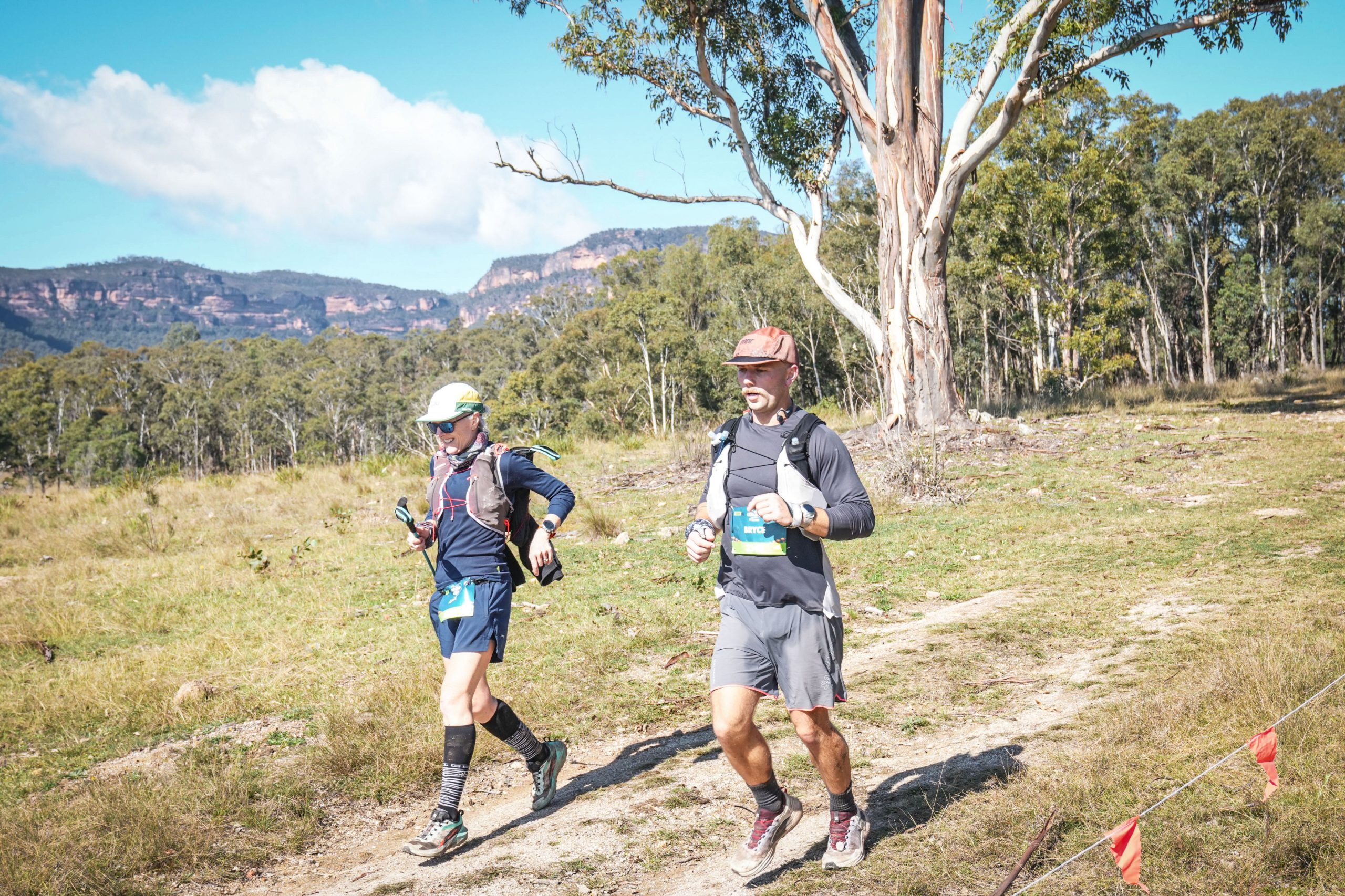
Reflections on UTA100 – focusing on what we can control
This was my second time participating in UTA100 having completed the same event last year in May 2024. Even though it was the same event and same distance, I knew it would be different. For me, no matter how many times you might run a particular event or even step on the same trail as a training run, there is always going to be something different each and every time.
The weather can be different, which may or may not affect the trail, there might be some course changes, even small ones, and of course you are different. You may have become a little more experienced with the terrain, running at a different time of day or year, have different gear, running with different people or changes in your energy levels depending what else you have going on in your life and environment.
All of these things and more, can mean that every time you step on the trail it feels different and you will have a different experience. I like to think of it as every time you step on the trails it will be a personal best on that day because of these differences and the experience you will have.
With this in my mind, for my second UTA100, I was focussed on what I could control and how I could respond to what I can’t control. I did have a time-goal in mind but as I stood in the finish area of the UTA22 on the Friday, I knew that I would need to adjust this goal due to the weather which I can’t control. As I watched runners crossing the finish line, covered in mud and hearing about the conditions on the trail, it was obvious that the time goal I had in mind for myself might not be achievable. But I was okay with this, I can’t control the weather but I can choose how I respond to the weather. I thought about any changes to my race gear, reviewed by nutrition plan to ensure I had the right amount based on the conditions and possibly extra time on course or between certain checkpoints and importantly, my mindset. I was okay that this year might not be the year to hit my time goal for UTA100. My focus was on what I could control and for this event, I also had a process goal – I wanted to home in on how I use checkpoints, and specifically, how much time I spend at checkpoints.
In looking at all of the events I have done with checkpoints or aid stations, whatever the distance, for some reason, my time at them has felt too long. Whether I had my number one support crew Grant there, was self-supported and/or using drop bags – my time seems to become a little extended and whilst it’s not hours, as the distance gets longer and the more checkpoints there are, this time quickly adds up. I wanted to reduce this time and this became a clear focus for UTA100.
As part of my training, I spent time reflecting on previous races, especially UTA100 last year and where or why I lost time. One area that became clear was that although I had my nutrition plan sorted and Grant is incredibly good at knowing what I need, it would often end up that we would wait until I got to the checkpoint before confirming with him what I needed, even though 90% of the time it was what I had on my plan! My plan detailed what I needed in my soft flasks, what fuel I would take with me, if I was going to have a protein shake at a certain checkpoint and so on. This became a clear area where we could reduce time by having what I needed waiting and ready to go the minute I got into each checkpoint.
How did this look in reality? At each checkpoint, I raced in, handed Grant my pack and he would take the old flasks out and put in the new ones. He would take out my bag of rubbish (I always put all the rubbish in a small zip lock bag to make this easier and also ensures I don’t accidentally leave something behind on the trail), and depending on which checkpoint, he would get anything else out that I might need from my pack. I had a plan for each checkpoint and anything I might need specific to that one. Such as at Fairmont resort, I would arrive and leave whilst it was still light, it would be dark soon and I would need my hi-vis vest and headtorch. Whilst he was sorting this out, I used the bathroom if needed and then back to Grant to put my pack on and he would hand me my next fuel bag. This had all the fuel I would need for the next section and as I was moving and leaving the checkpoint, I would sort out where I wanted my fuel in my pack. I sorted this whilst on the move, instead of spending more time in the checkpoint.
With the focus on how I used checkpoints, I was able to reduce my overall time by around 20mins. In 2024, I had about 40mins across the checkpoints. For this year, my time was just 21mins across all the checkpoints and this is a huge improvement for me. Key for me was being well organised and clear communication with Grant. If you are able to have support crew for your event, they need to know exactly what your plan is and any possible adjustments or choices that might need to be made. If there are choices, then limit to a couple not multiple. If you are self-reliant or using drop bags, have a clear strategy for what you are going to do at each checkpoint or aid station. Will you need to change an item of clothing, grab some mandatory gear, have a protein powder or hot meal or drink? Know exactly what you want to do at the aid station to help reduce decision making and thought time as ultimately, the clock doesn’t stop. Every moment counts and you want to be moving forward – it’s about forward progress. Time taken at aid stations and checkpoints, whilst important in helping to get you to the finish line, you still want to minimise the time you spend there wherever possible.
